Ancient calendar facts that predicted celestial events accurately
Ancient calendars were more than simple time-keeping tools; they were celestial guides, mapping out predictions based on the movements of stars and planets. These sophisticated systems helped ancient civilizations not only to track time but also to predict celestial events.
By aligning their activities with these cosmic patterns, they found a way to bring order to their lives. The synergy between the calendars and the celestial bodies reflects the depth of ancient understanding of the universe.
How Ancient Civilizations Studied the Stars
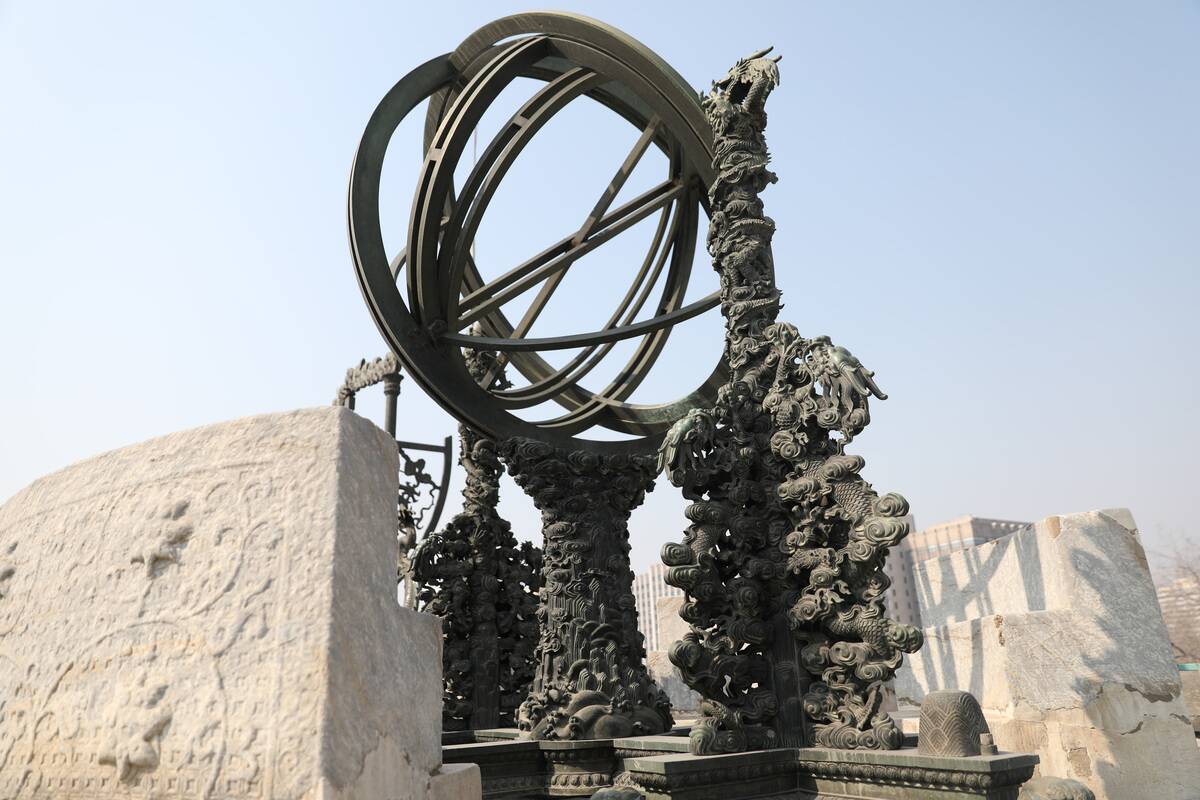
Ancient astronomers were remarkably skilled at studying the stars without modern technology. They used the naked eye to track celestial movements, creating star maps and charts.
The Babylonians, for example, developed a zodiacal system to map the night sky, while the Greeks used astrolabes to measure the altitude of stars above the horizon. This dedication to stargazing laid the foundation for the development of astronomy as a scientific discipline.
The Role of Calendars in Ancient Cultures
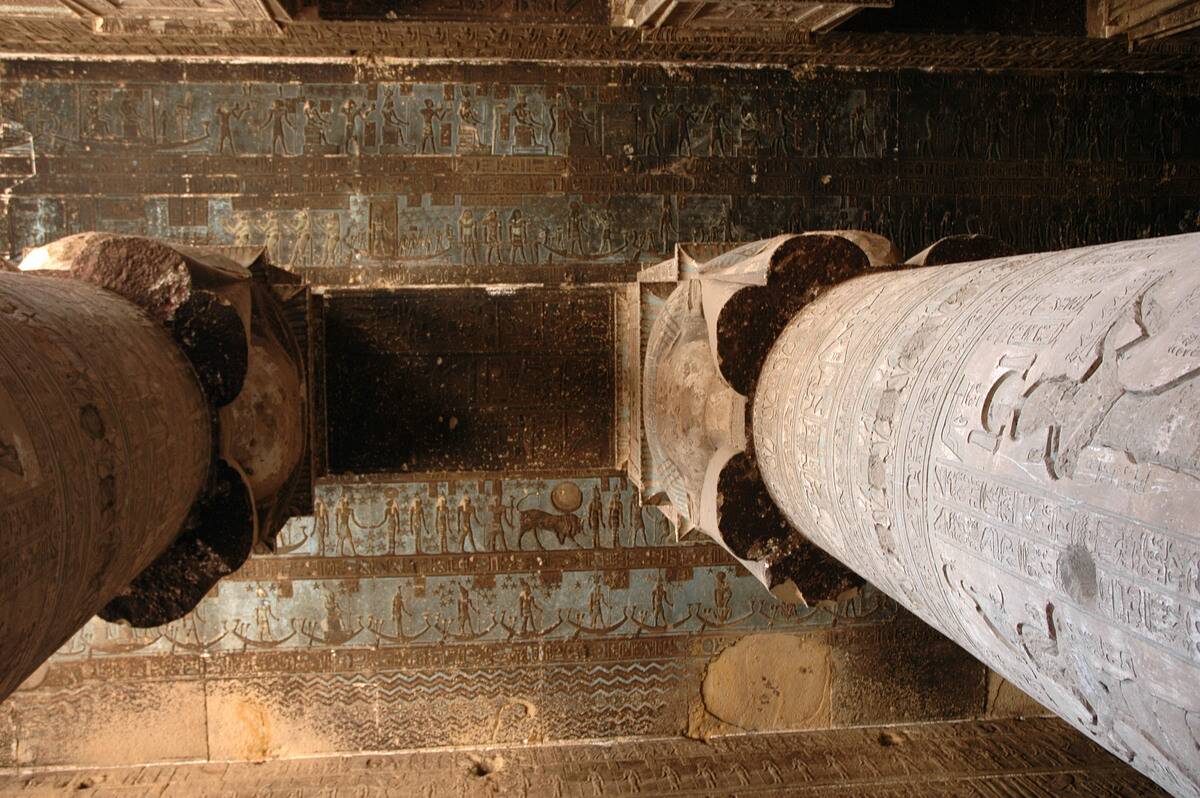
Calendars played an integral role in ancient cultures, serving both practical and ceremonial purposes. They dictated agricultural cycles, religious festivals, and societal events.
The Egyptian calendar, for instance, was closely tied to the annual flooding of the Nile, crucial for agriculture. By understanding and predicting this natural cycle, Egyptians could plan their planting and harvesting activities effectively, showcasing the calendar’s importance in sustaining their civilization.
The Mayan Calendar: Not Just About 2012
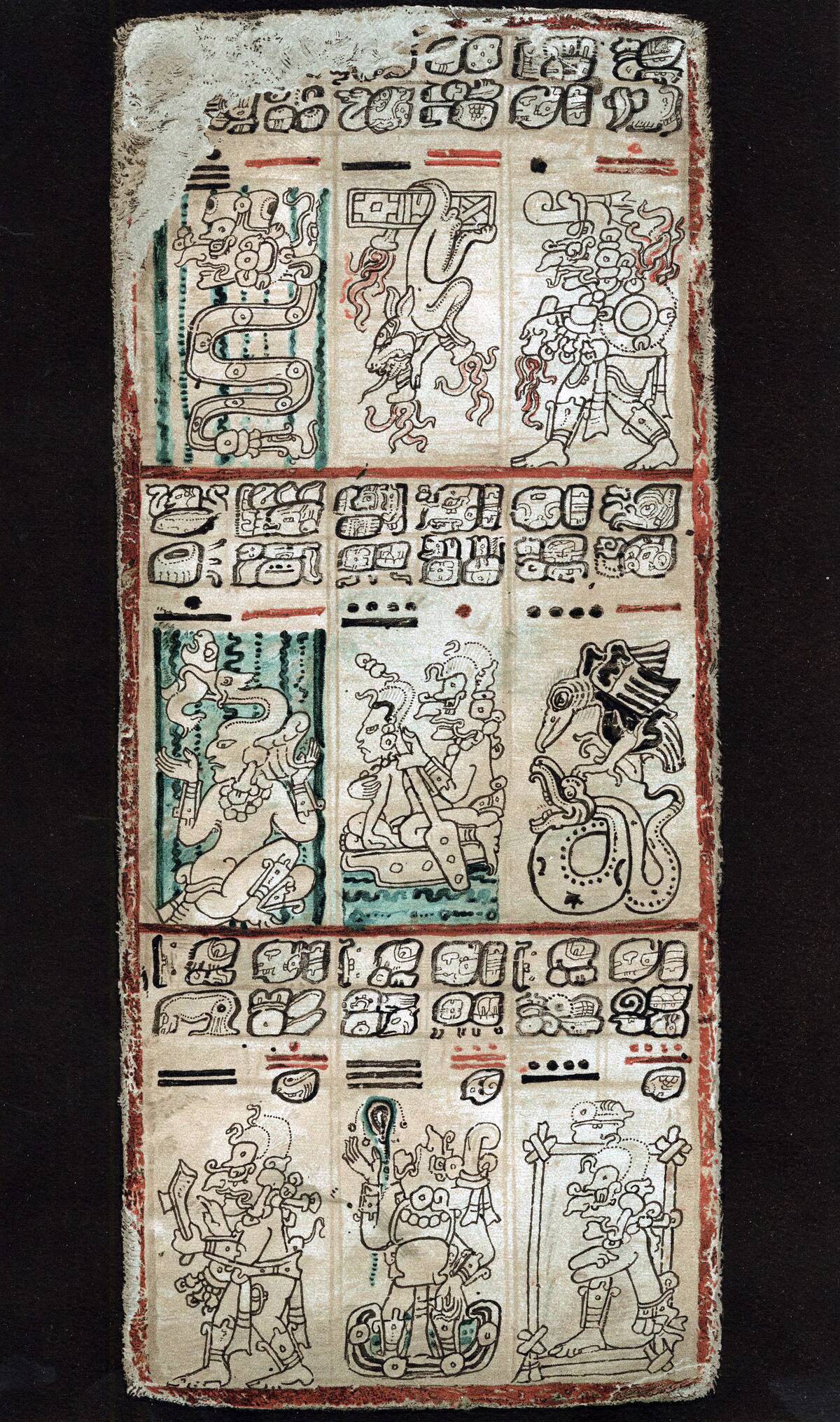
The Mayan calendar gained modern fame for the 2012 “end of the world” prediction, but its complexity goes far beyond that. The Mayans used multiple calendar systems, including the Tzolk’in and the Haab’, to track both religious and solar years.
Their Long Count calendar, believed to reset in 2012, was actually part of a larger cycle of time, reflecting the Mayans’ advanced understanding of astronomy and timekeeping.
Egyptian Calendars and Their Link to the Nile Floods
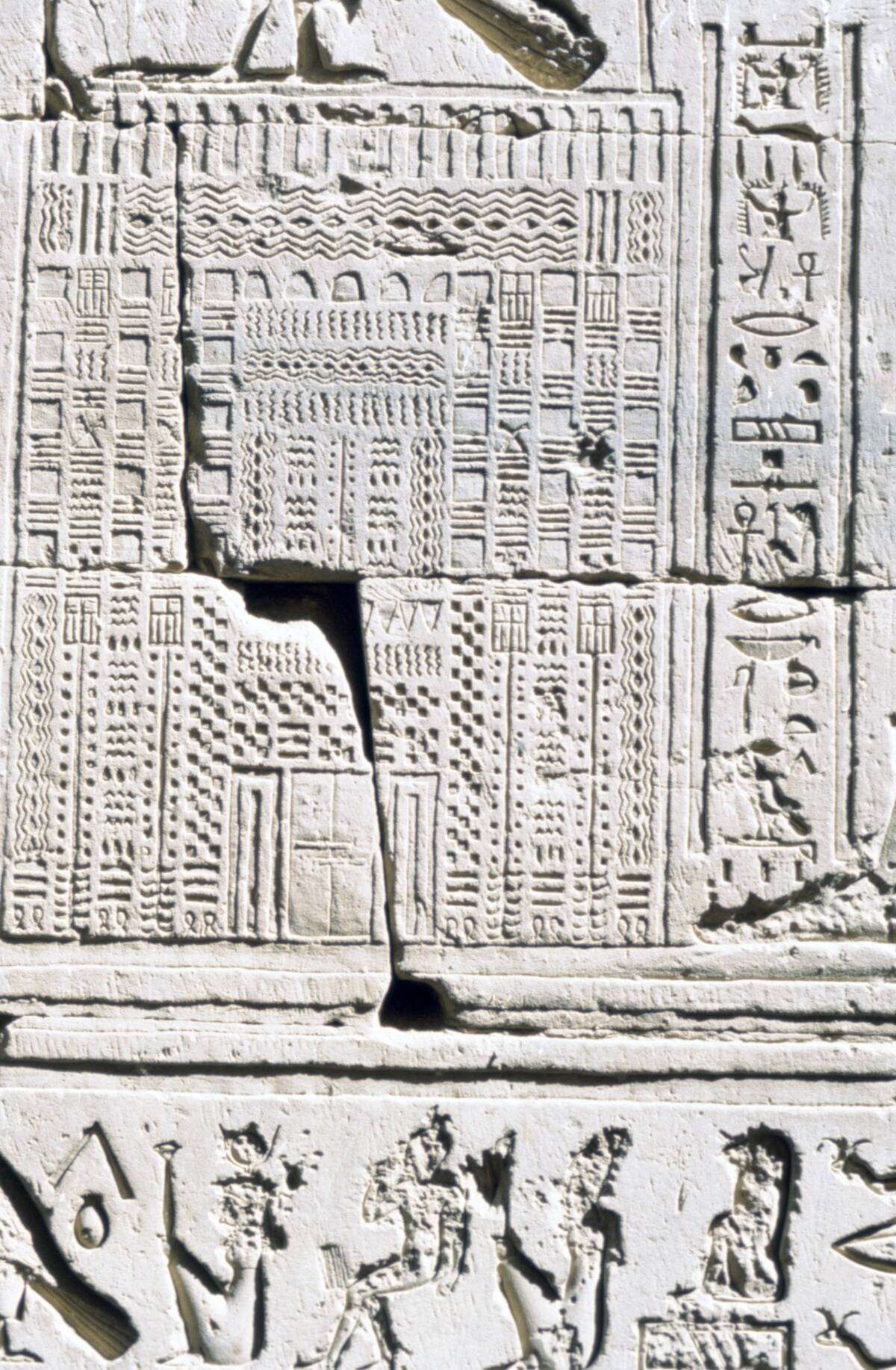
The Egyptian calendar was intricately linked to the Nile’s flooding, a life-giving event for the civilization. Their calendar was based on a 365-day year, divided into three seasons of four months each.
The heliacal rising of Sirius, coinciding with the inundation of the Nile, was supposed to mark the start of the new year. However, it’s since been debated as to whether the rising of Sirius is as much of a factor as it once seemed.
The Chinese Lunisolar Calendar and Its Celestial Insights
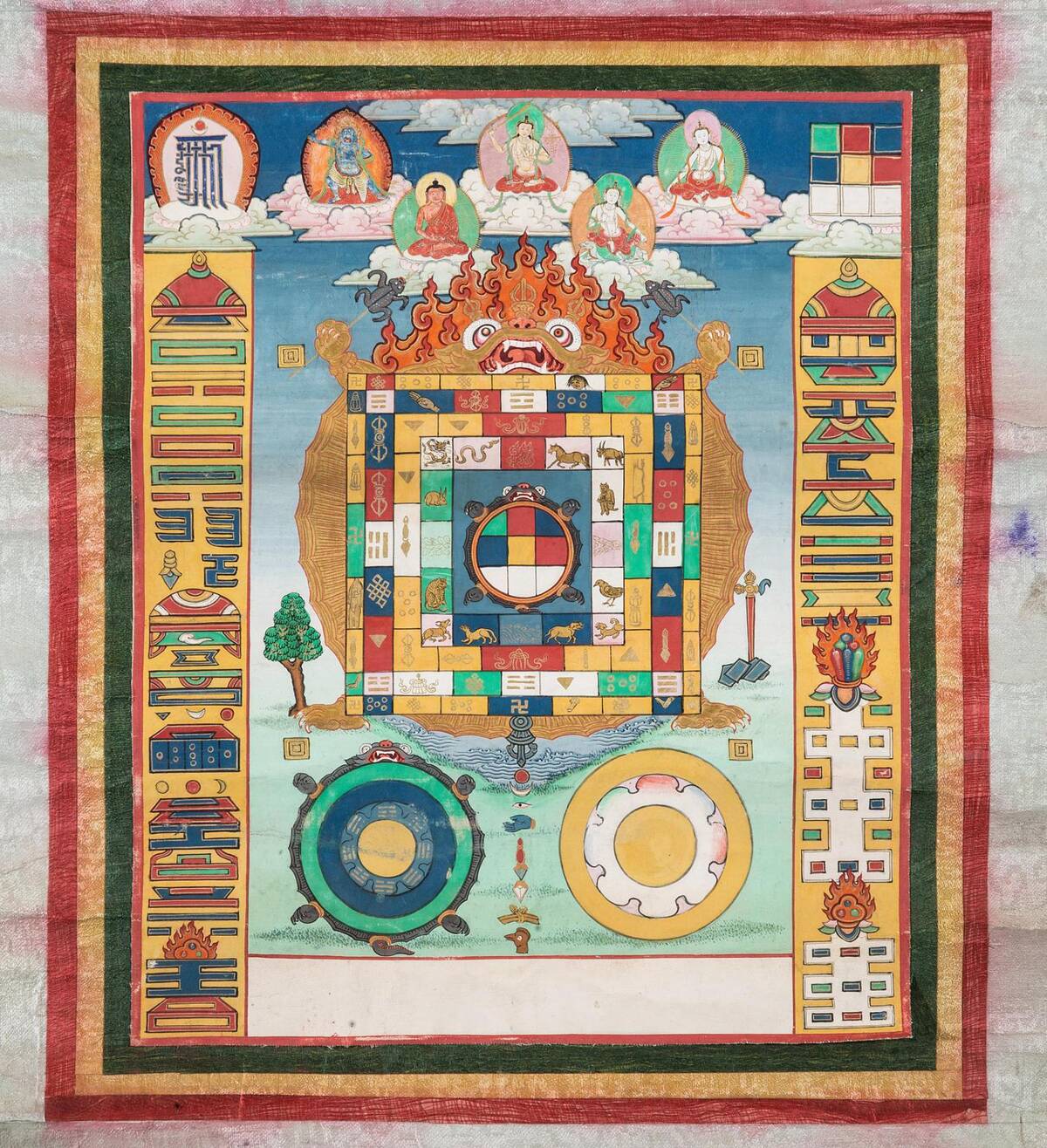
The Chinese lunisolar calendar is a fascinating blend of lunar and solar observations. By aligning months with lunar cycles and adjusting for the solar year, the Chinese ensured their calendar remained in harmony with agricultural needs.
This calendar also integrates the Chinese zodiac, adding layers of cultural significance. It remains a vital part of traditional Chinese culture, influencing festivals and personal astrological beliefs.
The Inca Calendar and Its Astronomical Precision
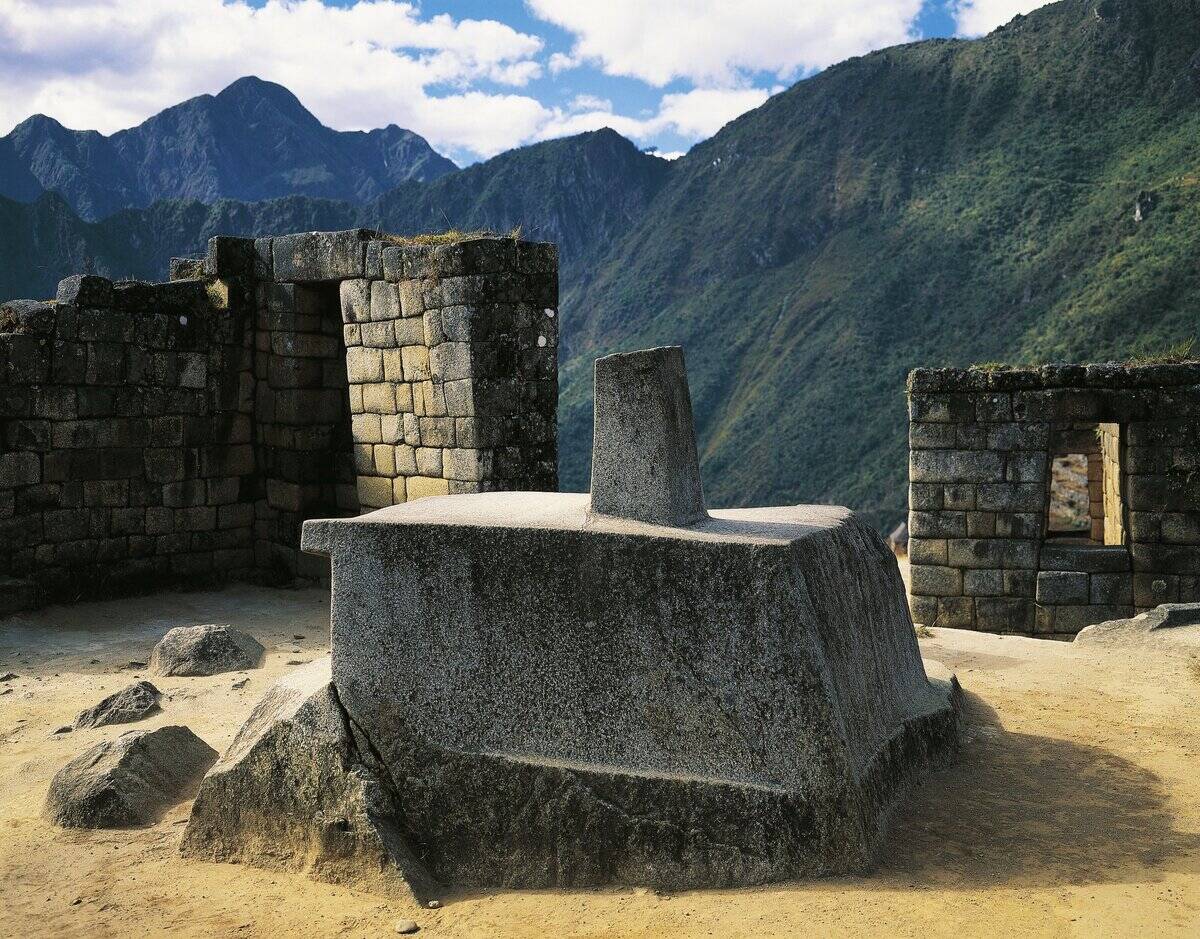
The Inca civilization demonstrated remarkable astronomical precision with its calendars. They used the sun’s movements to create a solar calendar, crucial for agricultural planning in the Andes.
The Incas constructed observatories like the Intihuatana stone to mark solstices and equinoxes, events pivotal for their agricultural cycles. This precision reflects their deep understanding of the cosmos and its influence on their environment.
Ancient Greek Calendars: Ptolemy and the Stars
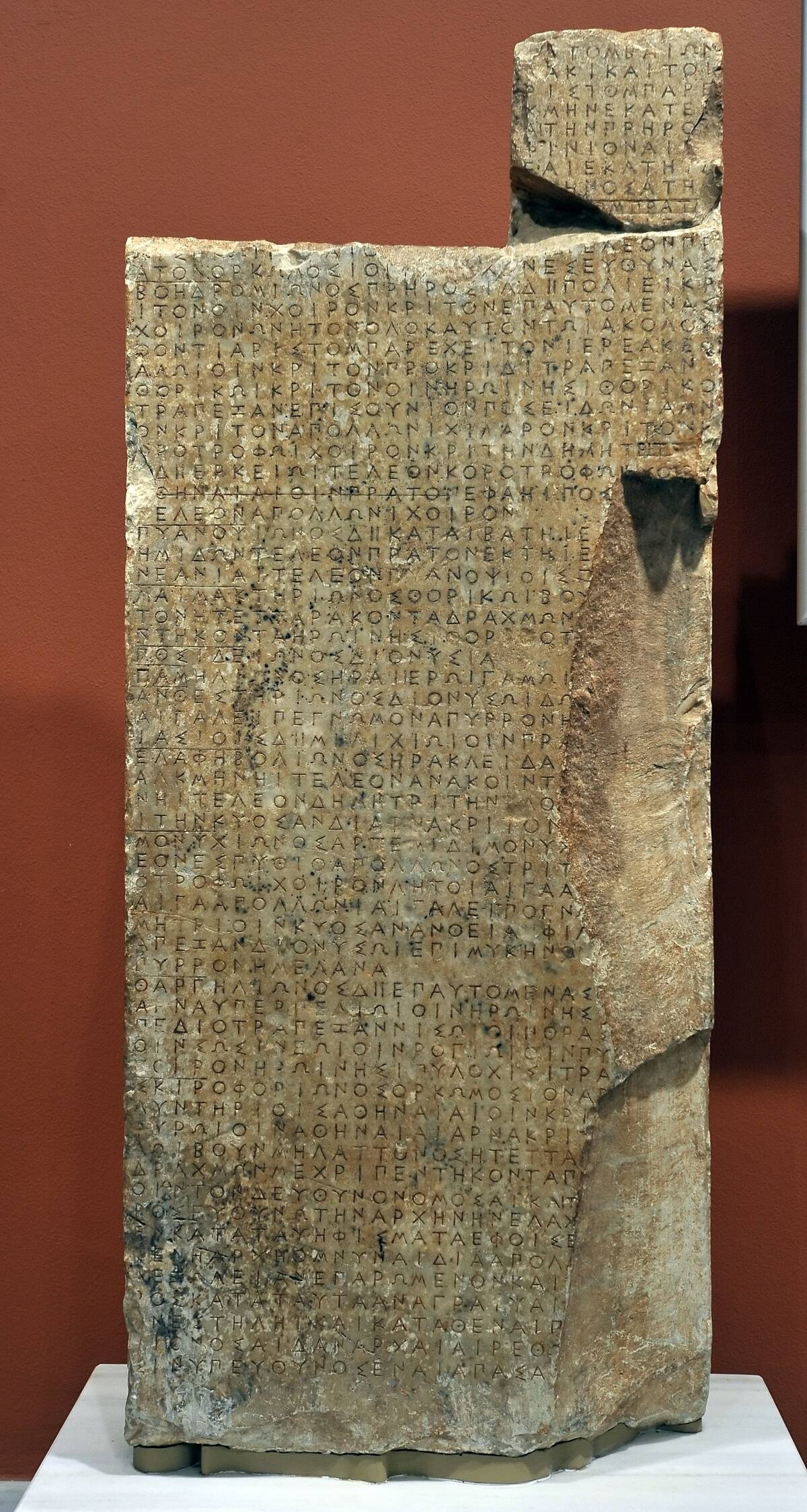
Ancient Greek calendars were deeply intertwined with their astronomical observations. Claudius Ptolemy’s work Almagest compiled centuries of Greek celestial observations, influencing calendar systems.
The Greeks used a lunisolar calendar, adjusting lunar months to align with the solar year. This integration of astronomy into timekeeping highlights the Greeks’ pursuit of understanding the universe and their place within it.
The Babylonian Calendar: Mapping the Night Sky

The Babylonian calendar is a testament to their astronomical prowess. They developed a lunisolar calendar, using lunar cycles and intercalary months to keep it synchronized with the solar year.
Babylonians meticulously recorded celestial events, such as lunar eclipses, which they used to refine their calendar. Their contributions to astronomy and timekeeping laid crucial groundwork for future civilizations.
The Aztec Calendar Stone: A Celestial Puzzle

The Aztec Calendar Stone, or Sun Stone, is a fascinating artifact that encapsulates the Aztecs’ celestial knowledge. This massive stone disc is intricately carved with symbols representing celestial bodies and cycles.
It depicts the five eras of the world, each ending in cataclysmic events, reflecting their cosmological beliefs. This artifact serves as both a calendar and a mythological record, showcasing the Aztecs’ sophisticated understanding of time and the cosmos.
Stonehenge: More Than Just a Prehistoric Monument
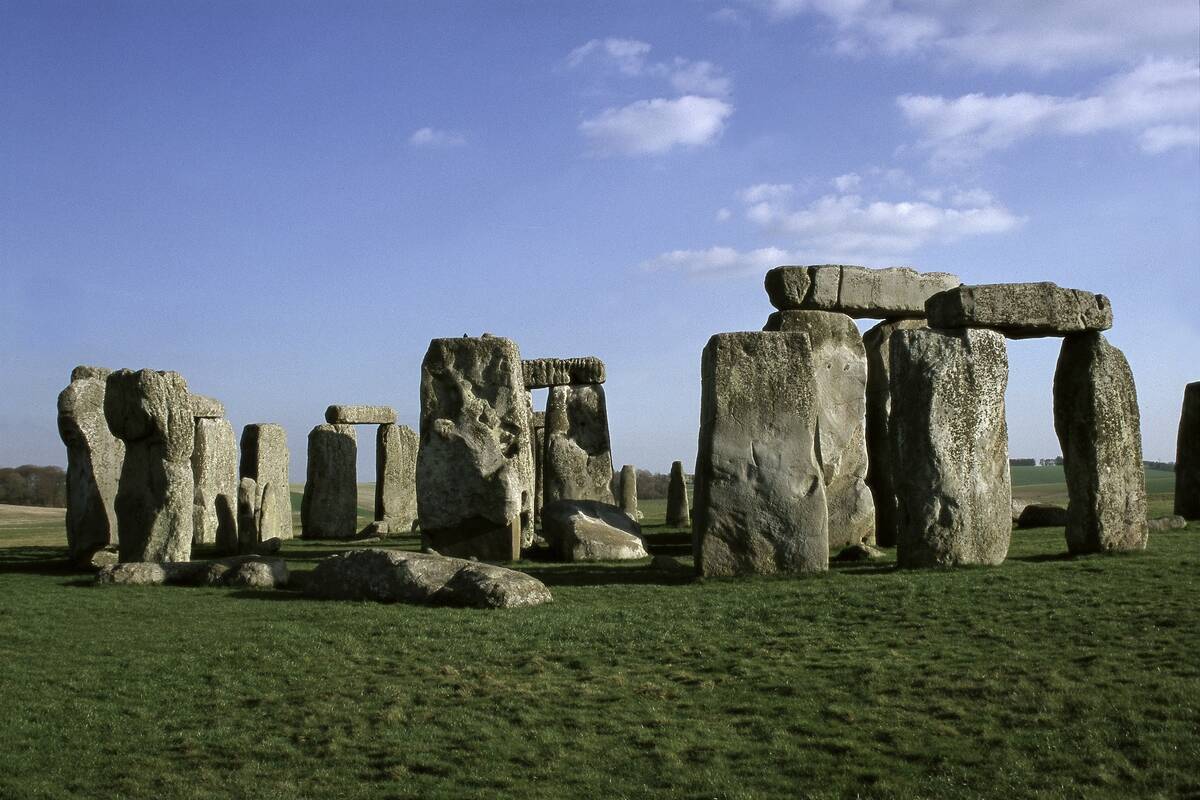
Stonehenge is one of the most iconic prehistoric monuments, with its purpose still shrouded in mystery. However, many believe it served as an ancient astronomical observatory.
The alignment of its stones with the solstices suggests it was used to mark important celestial events. This alignment indicates that the builders had a sophisticated understanding of the movements of the sun, offering a glimpse into the astronomical knowledge of ancient peoples. However, this assertion remains hotly debated among archaeologists.
The Hindu Calendar: Aligning Time with Cosmic Rhythms
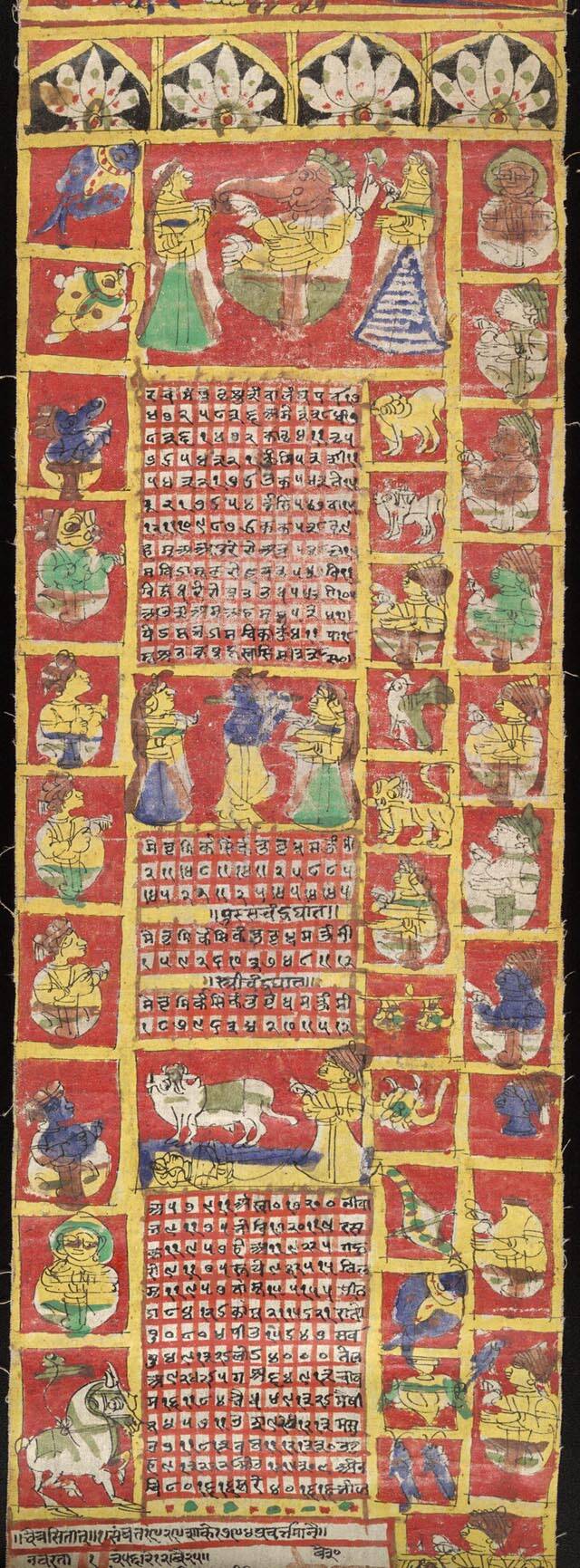
The Hindu calendar is a complex system that aligns time with both lunar and solar cycles. It consists of multiple regional variations, often used to determine religious festivals and auspicious days.
The Hindu calendar’s integration of celestial rhythms reflects a deep cultural belief in the interconnectedness of time and the cosmos. Its continued use today highlights its cultural significance and the enduring legacy of ancient astronomical practices.
How the Roman Calendar Evolved with Astronomical Observations
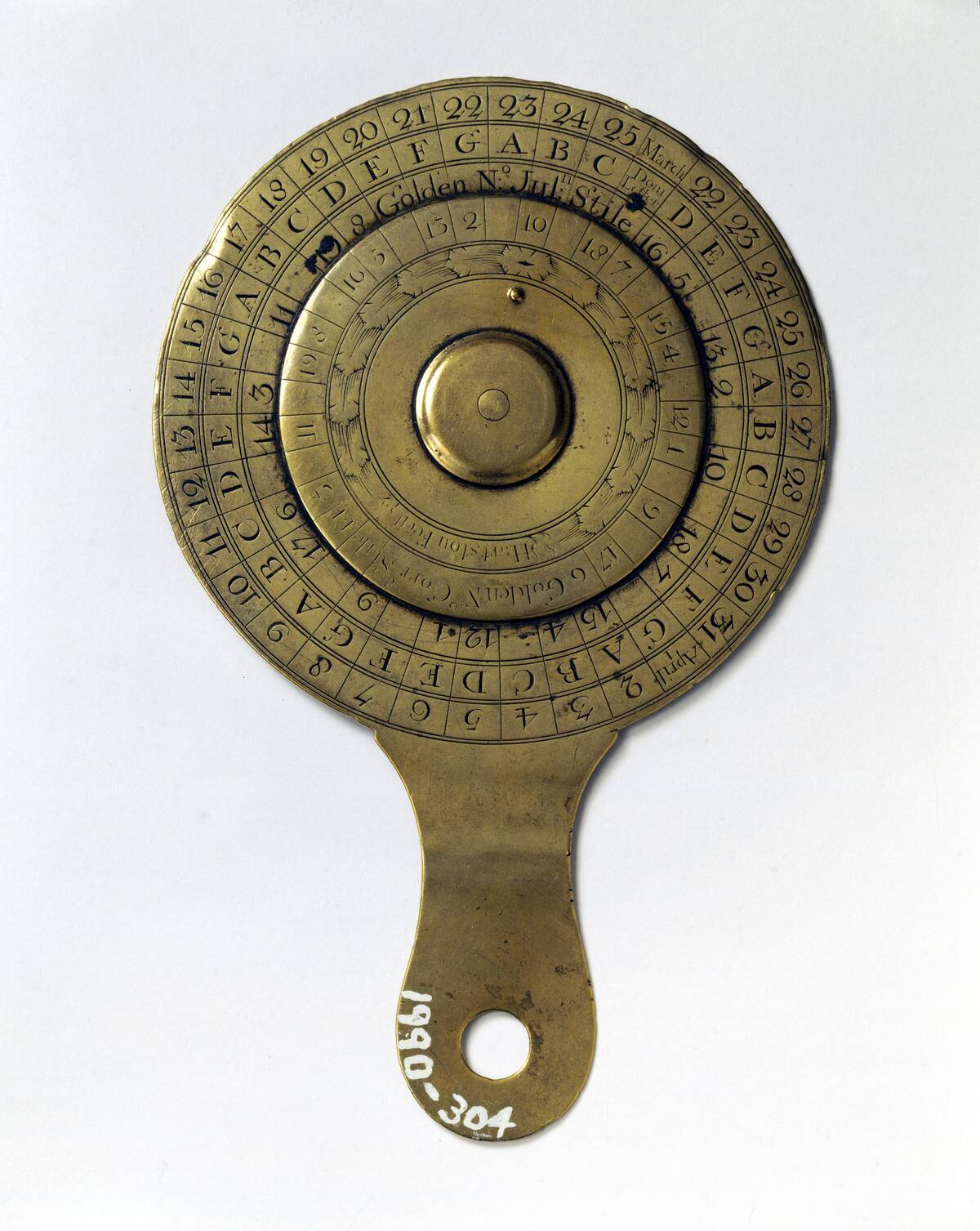
The Roman calendar underwent significant changes as astronomical knowledge evolved. Initially, a lunar calendar, it was reformed by Julius Caesar into the Julian calendar in 45 BC, aligning it with the solar year.
This reform introduced the concept of leap years to correct annual drift. The Julian calendar set the stage for the Gregorian calendar, which we use today, illustrating how ancient astronomical insights continue to influence modern timekeeping.
The Accuracy of Ancient Predictions: Eclipses and Planetary Movements
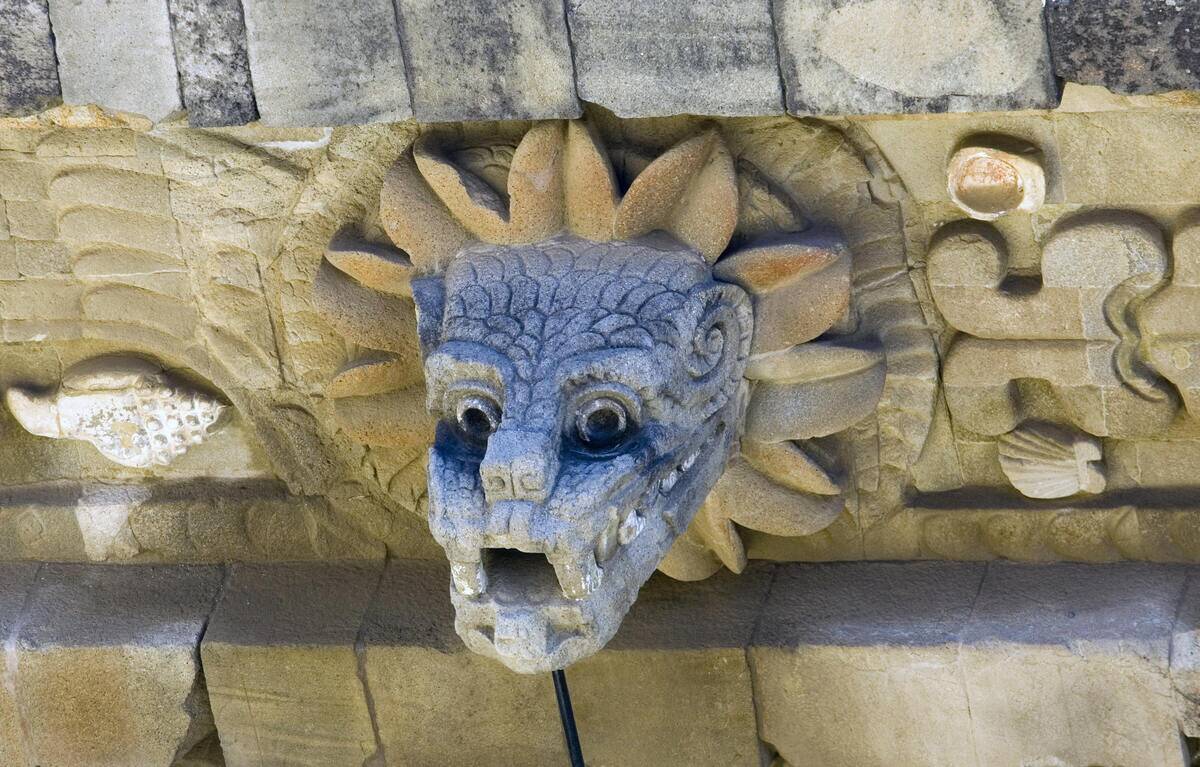
Ancient astronomers were adept at predicting eclipses and planetary movements with surprising accuracy. The Babylonians, for instance, developed the Saros cycle, a period of approximately 18 years used to predict eclipses.
Similarly, the Mayans accurately predicted Venus’s cycles, which they associated with their deity Quetzalcoatl (depicted here). These achievements demonstrate the advanced observational skills and mathematical prowess of ancient civilizations.
Tools and Techniques Used by Ancient Astronomers
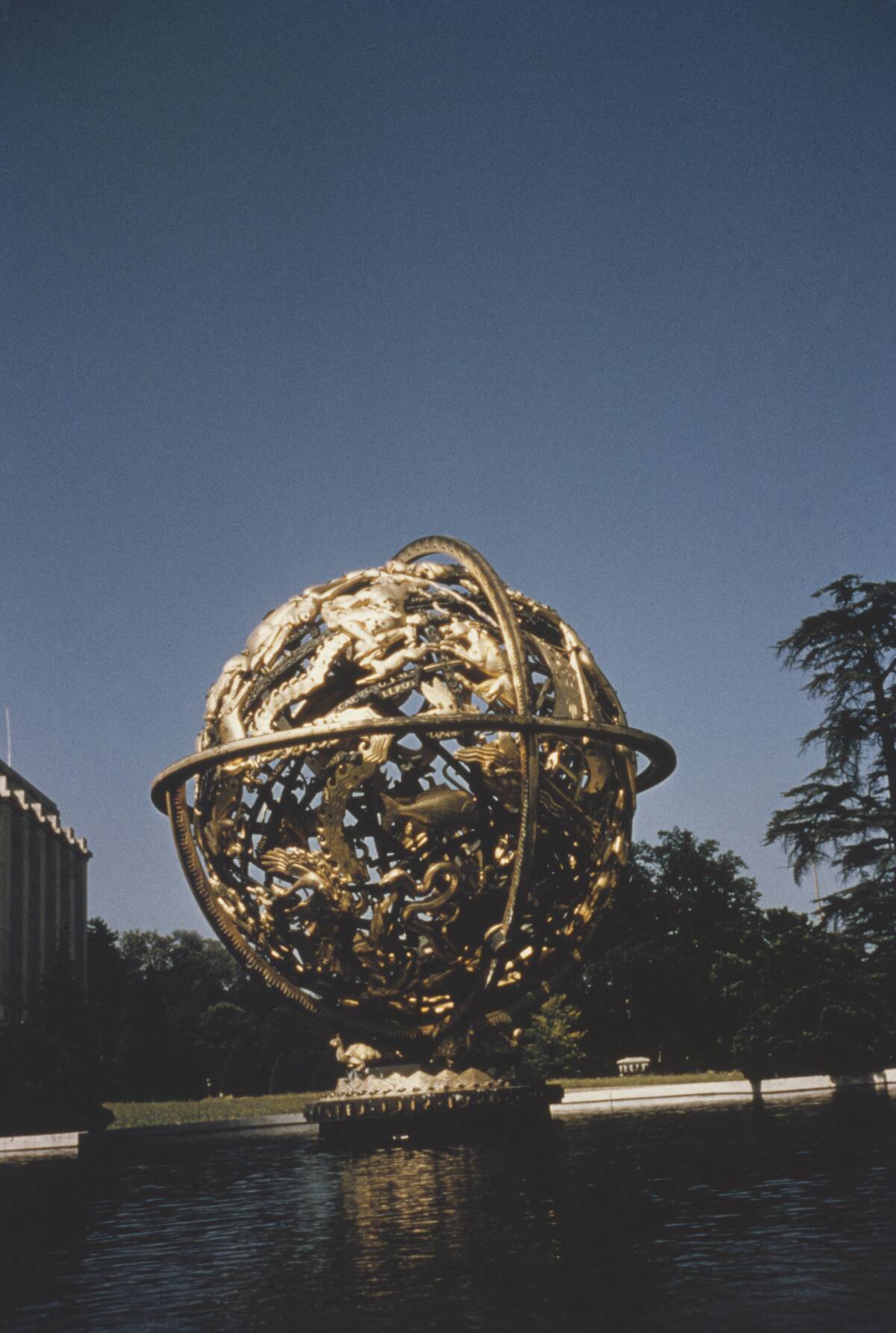
Ancient astronomers employed a variety of tools and techniques to study the heavens. Sundials, gnomons, and water clocks helped them measure time, while instruments like the armillary sphere (pictured) modeled celestial spheres.
These tools enabled precise observations and calculations, laying the groundwork for modern astronomy. Their ingenuity in developing these methods underscores the sophistication of ancient scientific practices.



